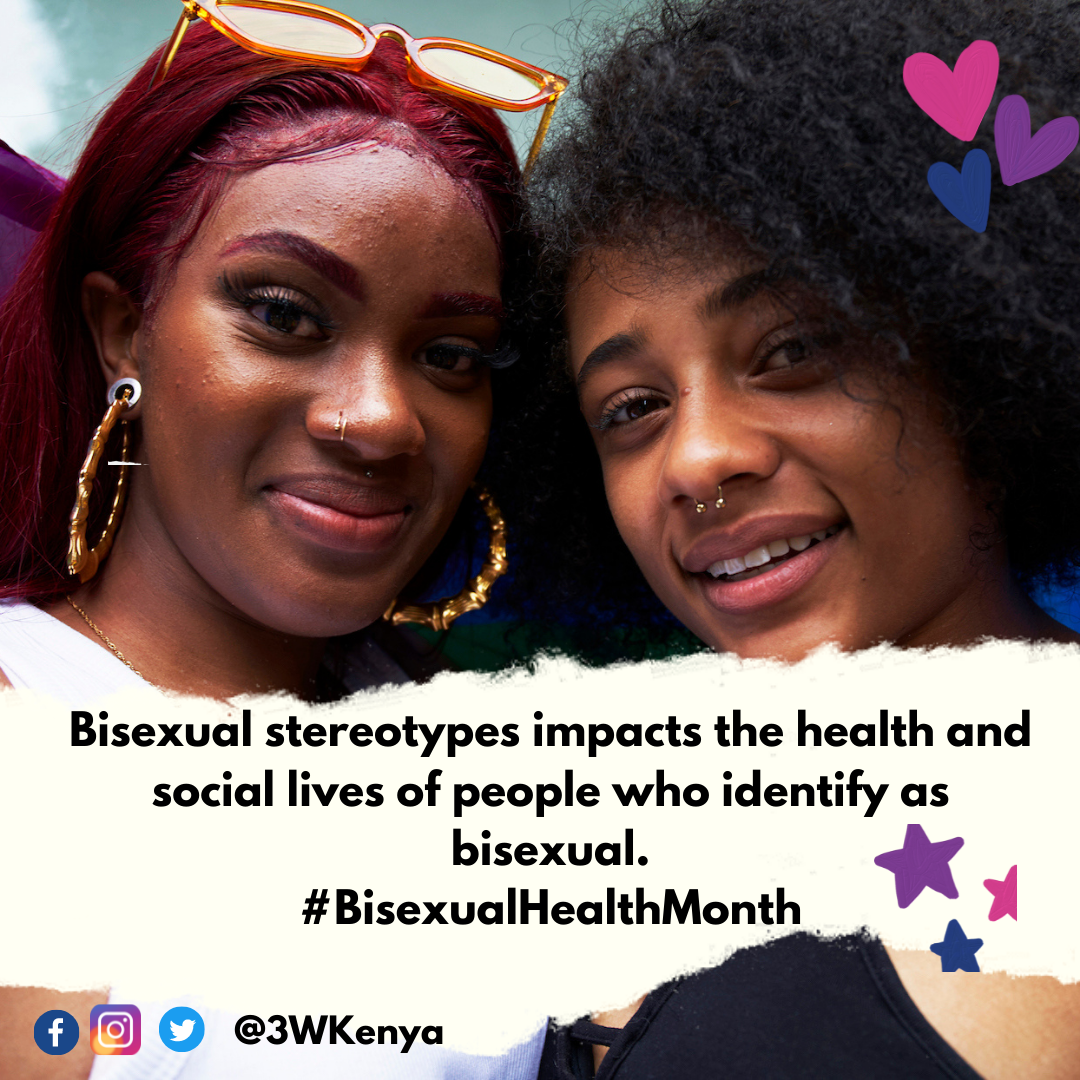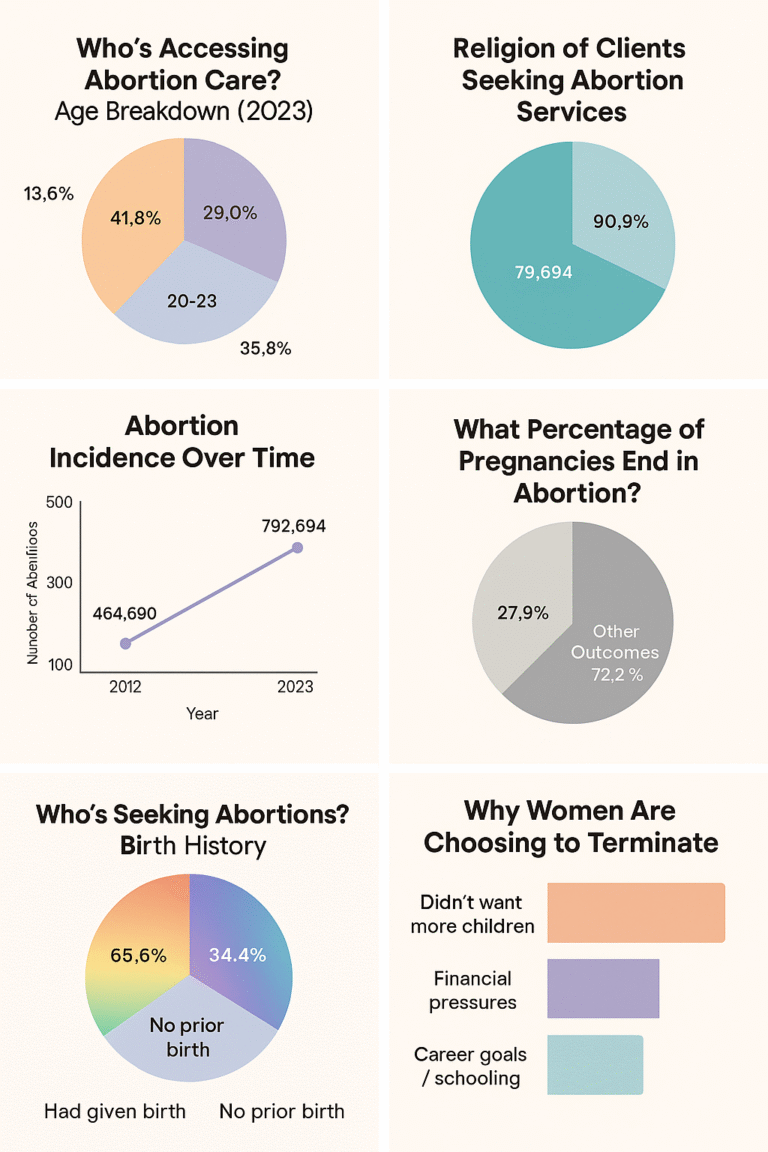Bisexual Myths and Realities ;- #BisexualHealthAwarenessMonth
A bisexual person is someone who is emotionally, romantically, or sexually attracted to more than one sex, gender, or gender identity, though not necessarily simultaneously, in the same way or to the same degree.
Bisexual stereotypes impacts the health and social lives of people who identify as bisexual. Sexuality runs along a continuum. It is not static, but rather has the potential to change throughout one’s lifetime, and varies infinitely among people. We cannot fit our sexuality into nice neat categories that determine who and what we are.
Here are some bisexuality myths and realities:-
Myth: Bisexuality does not really exist. People who consider themselves bisexuals are going through a phase, or are confused or undecided. Ultimately they’ll settle down and realize they’re either homosexual or heterosexual.
Reality: Some people go through a transitional period of bisexuality on their way to adopting a lesbian/gay or heterosexual identity. For many others bisexuality remains a long-term orientation. For some bisexuals, homosexuality was a transitional phase in their coming out as bisexuals. Many bisexuals may well be confused, living in a society where their sexuality is denied by homosexuals and heterosexuals alike, but that confusion is a function of oppression. Fence sitting is a misnomer; there is no “fence” between homosexuality and heterosexuality except in the minds of people who rigidly divide the two.
Myth: People who consider themselves bisexual are really heterosexual, but are experimenting/playing/trying to be cool/liberated/trendy/politically correct.
Reality: Whether an individual is an experimenting heterosexual or a bisexual depends on how s/he defines her/himself, rather than on some external standard. While there certainly are people for whom bisexual behavior is trendy, this does not negate the people who come to a bisexual identity amidst pain and confusion and claim it with pride.
Myth: People who consider themselves bisexuals are actually lesbian/gay, but haven’t fully accepted themselves and finished coming out of the closet (acknowledging their attraction to people of the same gender).
Reality: Bisexuality is a legitimate sexual orientation. Many bisexuals are completely out of the closet, but not on the lesbian/gay community’s terms. In this regard, it is worth noting that many lesbians and gay men are not completely out of the closet and their process is generally respected. It is also worth noting that the lesbian/gay community whose “terms” are in question here has tended to be white and middle class, and the terms may be quite different for working class lesbians, gays of color, etc. Bisexuals in this country share with lesbians and gays the debilitating experience of heterosexism (the assumption that everyone is heterosexual and thereby rendering other sexual identities deviant and/or invisible) and homophobia (the hatred, fear, and discrimination against homosexuals).
Myth: Bisexuals are shallow, narcissistic, untrustworthy, hedonistic, and immoral.
Reality: This myth reflects our culture’s ambivalence over sex and pleasure. The “sex” in bisexuality gets overemphasized, and our culture projects onto bisexuals its fascination with and condemnation of sex and pleasure.
Myth: Bisexual means having concurrent lovers of both sexes.
Reality : Most bisexuals are primarily attracted to either men or women, but do not deny the lesser attraction, whether or not they act on it. Some bisexuals are never sexual with women, or men, or either. Bisexuality is about dreams and desires and capacities as much as it is about acts. Bisexuals are people who can have lovers of either sex, not people who must have lovers of both sexes. Some bisexual people may have concurrent lovers, but bisexuals do not need to be with both sexes in order to feel fulfilled.
Myth: Bisexuals are promiscuous hypersexual swingers who are attracted to every woman and man they meet. Bisexuals cannot be monogamous, nor can they marry or live in traditional committed relationships. They can’t be celibate.
Reality : Bisexual people have a range of sexual behaviors. Like lesbians, gays or heterosexuals, some have multiple partners, some have one partner, and some go through their entire lives or certain periods without any partners. Promiscuity is no more prevalent in the bisexual population than in other groups of people.
Myth: Bisexuals spread AIDS to the lesbian and heterosexual communities.
Reality: The myth above allows discrimination against bisexuals to be legitimized. The label “bisexual” simply refers to sexual orientation. It says nothing about whether one practices safe sex or not. AIDS occurs in people of all sexual orientations. AIDS is contracted through unsafe sexual practices, shared needles, and contaminated blood transfusions. Sexual orientation does not “cause” AIDS.
Myth: Politically speaking, bisexuals are traitors to the cause of lesbian/gay liberation. They pass as heterosexual to avoid trouble and maintain heterosexual privilege.
Reality :Obviously there are bisexuals who pass as heterosexual to avoid trouble. There are also many lesbians and gays who do this. To “pass” for heterosexual and deny the part of you that loves people of the same gender is just as painful and damaging for a bisexual as it is for a lesbian or gay person. Politicized bisexuals remain aware of heterosexual privilege and are committed enough to lesbian/gay/bisexual rights not to just abandon lesbian/gay communities when in heterosexual relationships.
Myth: Bisexual women will always leave their lesbian lovers for men.
Reality: Although this does sometimes happen, bisexual women also have good, long-term relationships with lesbians. There are bisexuals for whom bisexuality is a phase; there are also lesbians for whom lesbianism is a phase. There are bisexuals and lesbians who never really come to grips with their sexuality and internalized homophobia. Bisexual women who truly accept themselves and their sexuality will leave a relationship – with a woman or a man – when it no longer works for them. As hard as it is to get clear about the reasons a relationship may end, and as many challenges as lesbian relationships in particular may face, the notion that bisexual women can’t handle lesbian relationships is just a stereotype.
Myth :Bisexuals get the best of both worlds and a doubled chance for a date on Saturday night.
Reality : Combine our society’s extreme heterosexism and homophobia with lesbian and gay hesitance to accept bisexuals into their community, and it might be more accurate to say that bisexuals get the worst of both worlds. As to the doubled chance for a date theory, that depends more upon the individual’s personality than it does upon her/his bisexuality. Bisexuals don’t radiate raw sex any more than do lesbians, gays, or heterosexuals. If a bisexual woman has a hard time meeting people, her bisexuality won’t help much.
Myth: Bisexuals are desperately unhappy, endlessly seeking some kind of peace that they cannot ever find.
Reality : Like lesbians and gay men who have been told that they will live awful lives, bisexuals can respond that much of the pain comes from oppression. People concerned about the “awful lives” of bisexuals should join the fight against homophobia. It is important to remember that “bisexual,” “lesbian,” “gay,” and “heterosexual” are labels created by homophobic, biphobic, heterosexist society to separate and alienate us from each other. We are all unique and don’t fit into distinct categories. We sometimes need to use these labels for political reasons and to increase our visibility. Acknowledging and accepting the differences and seeing the beauty in our diversity facilitates our sexual esteem.




